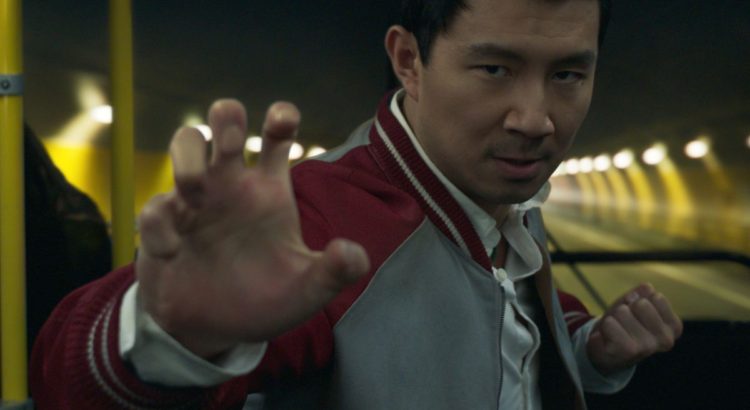Men on boats was a good event. The Arthur Miller theatre was very well set up. The ambiance of the play was very cozy and rustic. It fit the theme of an 1860s story.
The actors of the play were very enthusiastic and did their best to carry the story. But. The story was quite bland to put it frankly. The jokes were sparse and the funniest scenes were usually slapstick kind about boats breaking. Though I must say the slow-motion scenes of the boats breaking were very funny especially as they broke to background music of contemporary meme songs.
An interesting thing about Men on Boats was that even though it portrays only men, in this rendition, the cast was all female so it was supposed to be a “satirical, gender-flipped” story making fun of the explorers’ “cockiness and cluelessness.” But as I sat through the play I did not see much of this. Having an all-female cast did not really add much to making the play funnier or adding to the satire element of the play.
It was a little unsettling to watch because it deals with aspects of colonization: the men are “discovering” new parts of America and traversing through the Colorado River, being the first white settlers to do so. And though the play ends on a conflicting note where the explorers are not really satisfied with having “discovered” the places they saw and finishing the journey, it did not address some important issues in an important way. The main conflicts of the play were the explorers not having enough food or leaving because the waters were unkind to them. Seeing men dilly-dallying their way through the land natives have lived on for centuries before wasn’t that great. The play acknowledges that aspect but not in a serious way. The satire is not really aimed towards the colonization aspect of their work but rather their silly antics. I don’t think this was a good choice for a play to show in these times.
Regardless of that, the actors were phenomenal—their energy was contagious and some of the best scenes included them stampeding the floor and acting out the river travel. The character Mr. Hopkins was my favorite and had great comedic timing. The lighting details in the show were very impactful and one of my favorite parts of the event.











